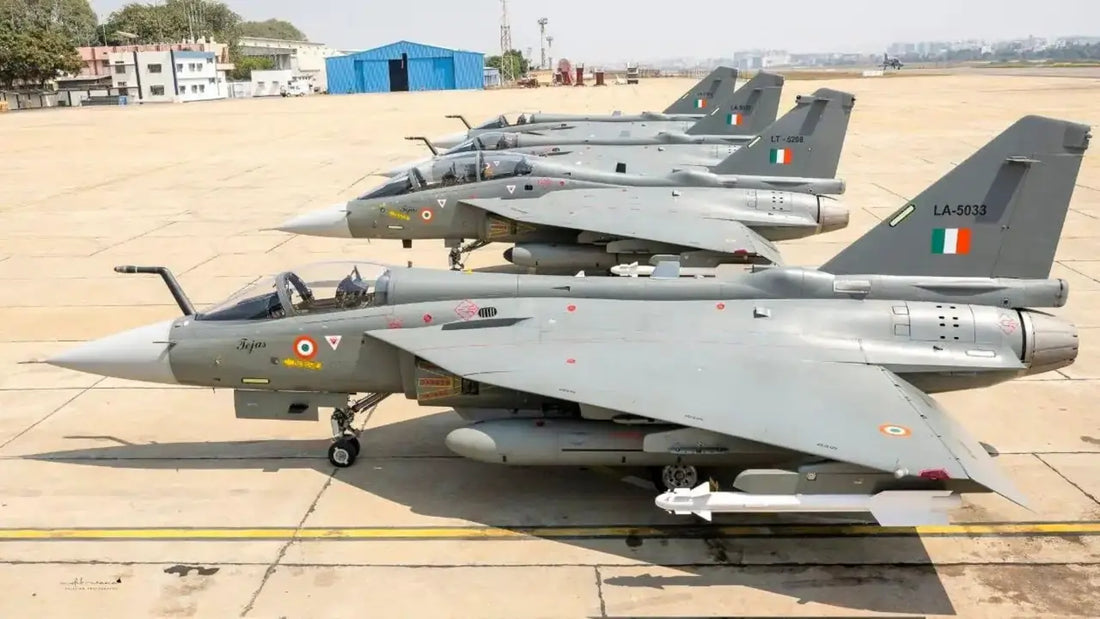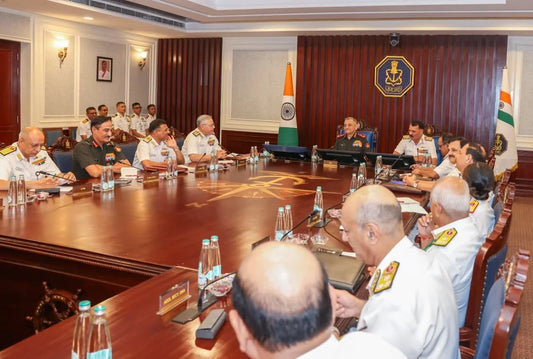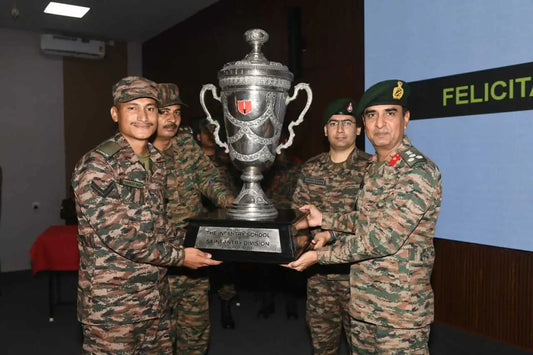HAL Expands TEJAS Mk-1A Production Capacity with New Line at Nashik, Increasing Annual Output to 24 Jets

In a significant move towards enhancing India's defense self-reliance, Defence Minister Rajnath Singh has inaugurated the third production line for the Light Combat Aircraft (LCA) TEJAS Mk-1A at Hindustan Aeronautics Limited’s (HAL) facility in Nashik. This development marks a boost in the nation’s domestic fighter jet manufacturing capabilities.
With the new production line, HAL’s capacity to produce TEJAS aircraft has increased to 24 aircraft annually. The Nashik unit specifically can now produce eight aircraft each year. This expansion is timely as the Indian Air Force (IAF) experiences a reduction in operational squadrons due to the phased retirement of its ageing MiG series fighters.
During the inauguration ceremony, Rajnath Singh also opened the second manufacturing line for the Hindustan Turbo Trainer-40 (HTT-40) and launched the first TEJAS Mk-1A produced at the Nashik facility. He described the successful test flight as a symbol of Atmanirbhar Bharat, reflecting India's growing competency in developing world-class defense systems domestically.
The TEJAS Mk-1A represents the latest advancement in India’s LCA platform. It is equipped with the Uttam Active Electronically Scanned Array (AESA) radar, the Swayam Raksha Kavach electronic warfare suite, improved actuators, and over 64% indigenous content. This includes 67 newly developed Indian components. The aircraft is designed for various operational roles, including air defense, maritime strike, and precision attack missions.
The IAF has secured an order for 83 TEJAS Mk-1A aircraft, valued at ₹46,000 crore. Deliveries are expected to conclude in the forthcoming years. Upon full induction, the IAF will operate a fleet that includes 40 Mk-1, over 180 Mk-1A, and at least 120 Mk-2 variants, significantly strengthening its operational capacity.
India's authorized fighter squadron strength is 42 squadrons. However, following the retirement of the last MiG-21 unit in September 2025, this number has decreased to below 30 active squadrons. Thus, the expansion at the Nashik facility is strategically crucial for accelerating production and bolstering the Air Force’s combat readiness.
Rajnath Singh highlighted India’s transformation in the defense sector over the past decade, noting the reduction in import dependency. He stated that a nation that once relied on imports for 70% of its defense needs now produces nearly 65% of these requirements domestically.
Official data indicates that India’s defense production has surged from ₹46,429 crore in 2014–15 to over ₹1.5 lakh crore in 2024–25. In parallel, defense exports have increased from below ₹1,000 crore to ₹25,000 crore. The government now aims to elevate domestic production to ₹3 lakh crore and exports to ₹50,000 crore by 2029.
The Defence Minister encouraged HAL to look beyond current projects towards next-generation platforms, including unmanned aerial systems and advanced civil aviation technologies. He also commended HAL’s role during Operation Sindoor, where its teams provided essential 24x7 technical support to the IAF fleet.
The contribution of the Nashik team in integrating the BrahMos missile system with Su-30MKI aircraft was also acknowledged, a capability that proved crucial in neutralizing hostile targets during the operation.
Rajnath Singh emphasized that the Nashik facility's achievements are a result of the collaboration between public and private sectors, along with academic and research institutions. He remarked that such synergy demonstrates that no goal is insurmountable when government, industry, and academia unite.
The new production line not only enhances HAL’s production capacity but also serves as a testament to India’s ability to design, build, and maintain modern combat systems. It marks a significant step forward in the nation’s pursuit of complete defense self-sufficiency under the Atmanirbhar Bharat initiative.



















